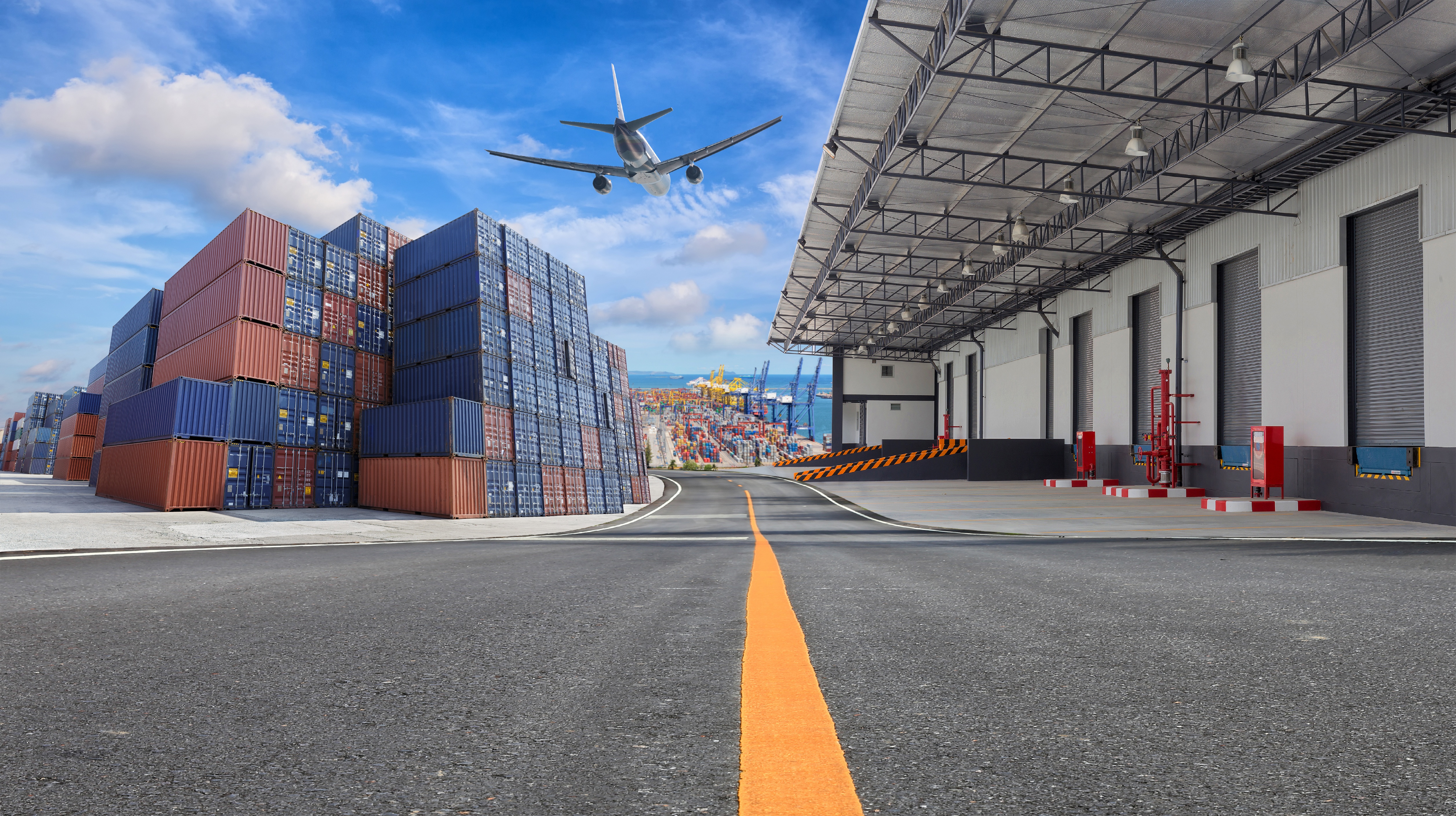It might seem overwhelming to figure out what documents are needed and which documents will be provided by someone else.
These are the documents that are required in ocean shipments. Other documents may be needed depending on type of goods or shipment type.
Required Documents for Ocean Shipments
The shipper usually provides the commercial invoice and packing list, however if the shipper is not in contact, it should be provided by the consignee. A commercial invoice is a bill for the goods from the supplier to the buyer. It is used to determine the true value of goods and to assess tariffs and duties. A packing list is often required because it has detailed information about the material of the goods and the type of packaging. It also shows weights and measurements and is used by agents to make sure the cargo being used is the correct size and type.
The Master Bill of Lading is provided by the shipper, typically to the agent. The agent then provides the consignee with the House Bill of Lading, which represents the contract between them outlining relevant information from the Master Bill of Lading. The Bill of Lading represents the contract between the owner of the goods and the carrier.
The deliver order is issued by Customs. The deliver order is a document that orders the release of the transportation of cargo to another party.
Consignee provides the purchase order. The purchase order is a commercial document and is the first official offer by a buyer to a supplier/seller. It indicates the type, quantities, and agreed prices for the goods. When accepted by the supplier, it becomes a binding contract.

